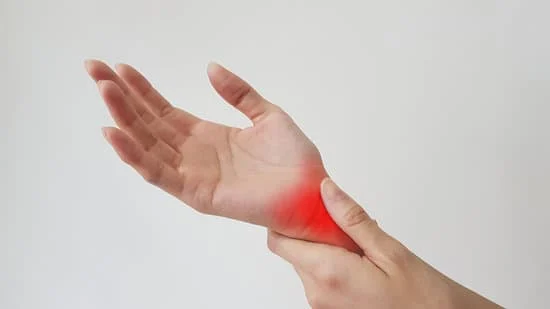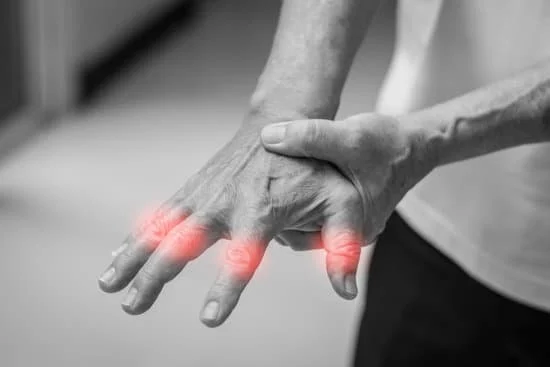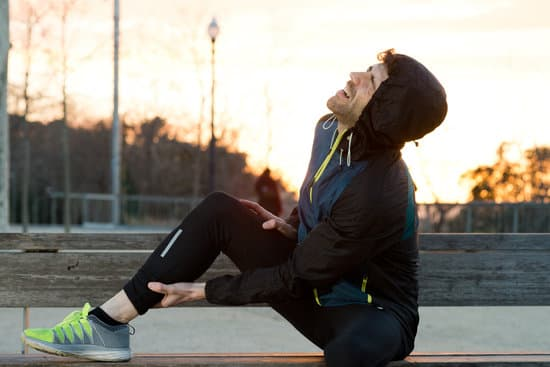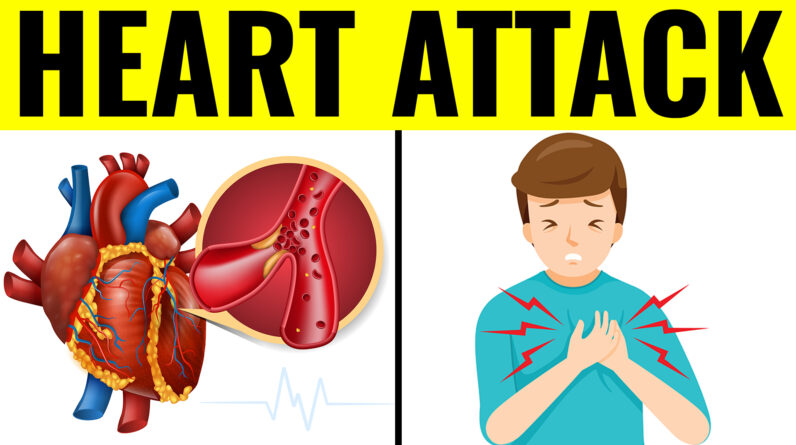
A tendon is a fibrous connective tissue that links muscles to bone. While a tendon is damaged, it becomes inflamed, irritated, or swollen, resulting in various symptoms, including dull discomfort when moving the afflicted limb or joint, sensitivity and inflammation, elevated heat in the region, or muscular overload. The elbow, shoulder, wrist, and heel tendons are often injured.
Tendonitis has a variety of reasons, the most prevalent of which are:
- Overuse of the joints causes joint overload.
- Repetitive actions are performed over a lengthy period of time, as in some occupations or sports.
- Accidents in sports and at work may happen at any time.
- For a period of time, maintain an incorrect or irregular posture.
- Ageing causes a loss of suppleness.
- Degeneration of the tendons
- Drug reactions are a common occurrence.
- Diabetes, gout, psoriasis, rheumatoid arthritis, and thyroid illness are just a few examples.
How can you get rid of tendonitis pain?

When tendinitis is new, using cold is the greatest way to ease discomfort. During the first three days, the greatest ally is ice, which helps to relieve pain. Ice should be administered for 15-20 minutes every 4 to 6 hours, with the area protected with a towel. The afflicted region becomes numb, the blood vessels constrict, and the swelling decreases. Heat should be provided after the first few days have gone, since this stimulates blood flow to the area and aids recuperation. The heat relaxes the muscles while simultaneously providing pain relief.
Anti-inflammatories or pain medications may be taken by mouth. It is critical to rest the afflicted region in tendinitis, and in the most severe instances, immobilisation is recommended to keep the tendon at rest.
Physiotherapy aids in the strengthening of the region, ensuring the tendon’s rehabilitation.
How long does tendonitis take to heal from?

It’s critical to appropriately treat tendinitis so that the healing period isn’t delayed and problems don’t arise. The injured region must be rested throughout the healing phase, and therapy is likely to be necessary to strengthen the tendon and muscular and avoid future injuries.
In general, and depending on the location of the tendinitis and the severity of the damage, the tendinitis should heal in two to three weeks. Treatment and recovery times may be prolonged in more severe instances.
Exercises to Cure Wrist Tendonitis

Wrist tendinitis may be caused by a variety of factors, including participation in specific sports or doing repeated duties at work. Wrist tendonitis is particularly frequent nowadays as a result of how much time we spend in front of the computer and how we use the mouse inappropriately.
We highlight a few exercises that may be done to cure wrist tendonitis:
- Flexion and extension of the wrist. The forearm is put on a surface with the wrist outside the surface and the palm pointing down. Make a fist with your hand and bend your wrist upwards for 6 seconds. Reopen your fist and let your hand fall naturally downwards—rep 8–12 times more.
- Hand twists. We take a seat and rest the injured forearm and wrist on the thigh, palm down. The hand is then turned such that the palm is facing up while the forearm remains linked to the thigh. It will happen 8 to 12 times in total.
- Radial and ulnar deviation of the wrist. We lay our hand in front of us, palm down, and turn it as far to the left or right as possible for 6 seconds in each position—rep 8–12 times more.
- Wrist extensor stretch. With the wrist towards the ground, we extend the arm forward. Slowly bend the wrist downwards with the support of the other hand until the forearm is stretched, then hold for 15-30 seconds—rep 2–4 times more.
- Wrist flexor stretch. We attempt to bend the wrist with the aid of the other hand, bringing the fingers towards the ceiling, with the arm stretched forward and the palm of the hand down. A minor strain in the forearm is seen. Repeat 2-4 times, holding the stance for 15-30 seconds each time.







